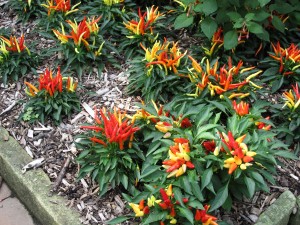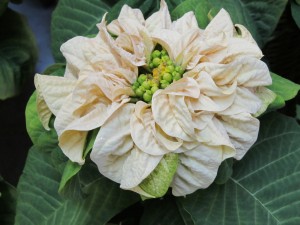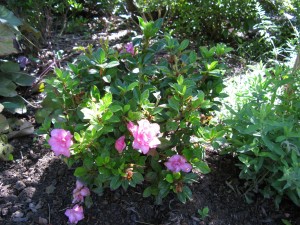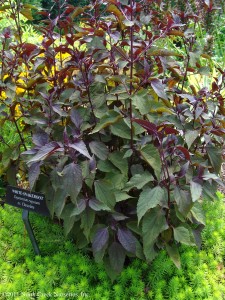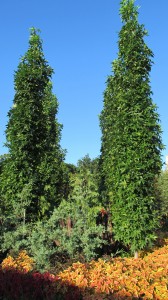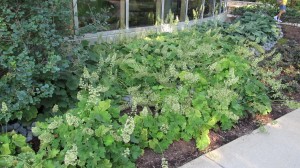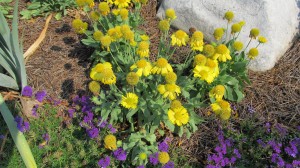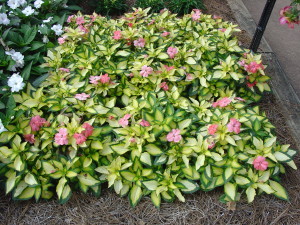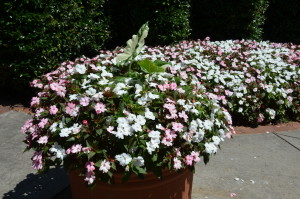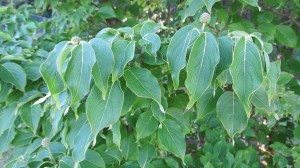Some gardeners call them “Christmas peppers”. In the late summer garden all eyes turn away from most flowering annuals and to the colorful fruits of ornamental peppers (Capsicum annuum). Many are dwarf red hot chili peppers. (No!…not the rock band).
Fruits are cylindrical or ball shaped and the brilliant colors range from white, yellow, orange, red and purple (some almost black). Plant foliage may be green, purple, or variegated. Over the years many varieties have been introduced. A popular favorite here in Tennessee, Virginia, and North Carolina is ‘Black Pearl’.
Ornamental peppers are compact growers, 12 -15 inches in height and width. They are planted either in the front of a garden bed or in containers mixed-in among other flowering annuals. Plants display fruits at their spectacular best from late August and thru frost.
Grow ornamental peppers in a sunny garden spot in fertile soils and irrigate plants during long dry spells. Do not over-fertilize (particularly nitrogen) as peppers will produce lots of leaves and few peppers. Disease and insect pests are rarely seen.
Their colorful fruits and foliage make great additions to indoor floral arrangements. Potted plants loaded with showy fruits may also be purchased from Halloween through the winter holiday season. Fruits exhibit a long display life lasting 6-8 weeks.
Caution: keep away from children or pets as the fruit are extremely hot for eating.

